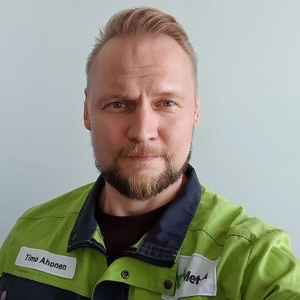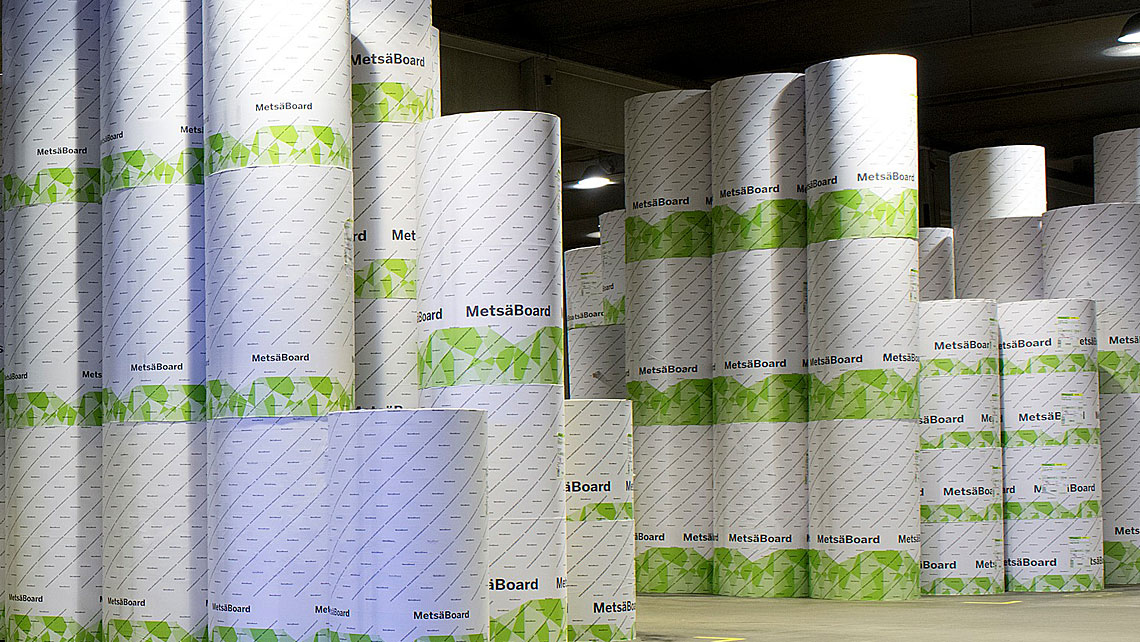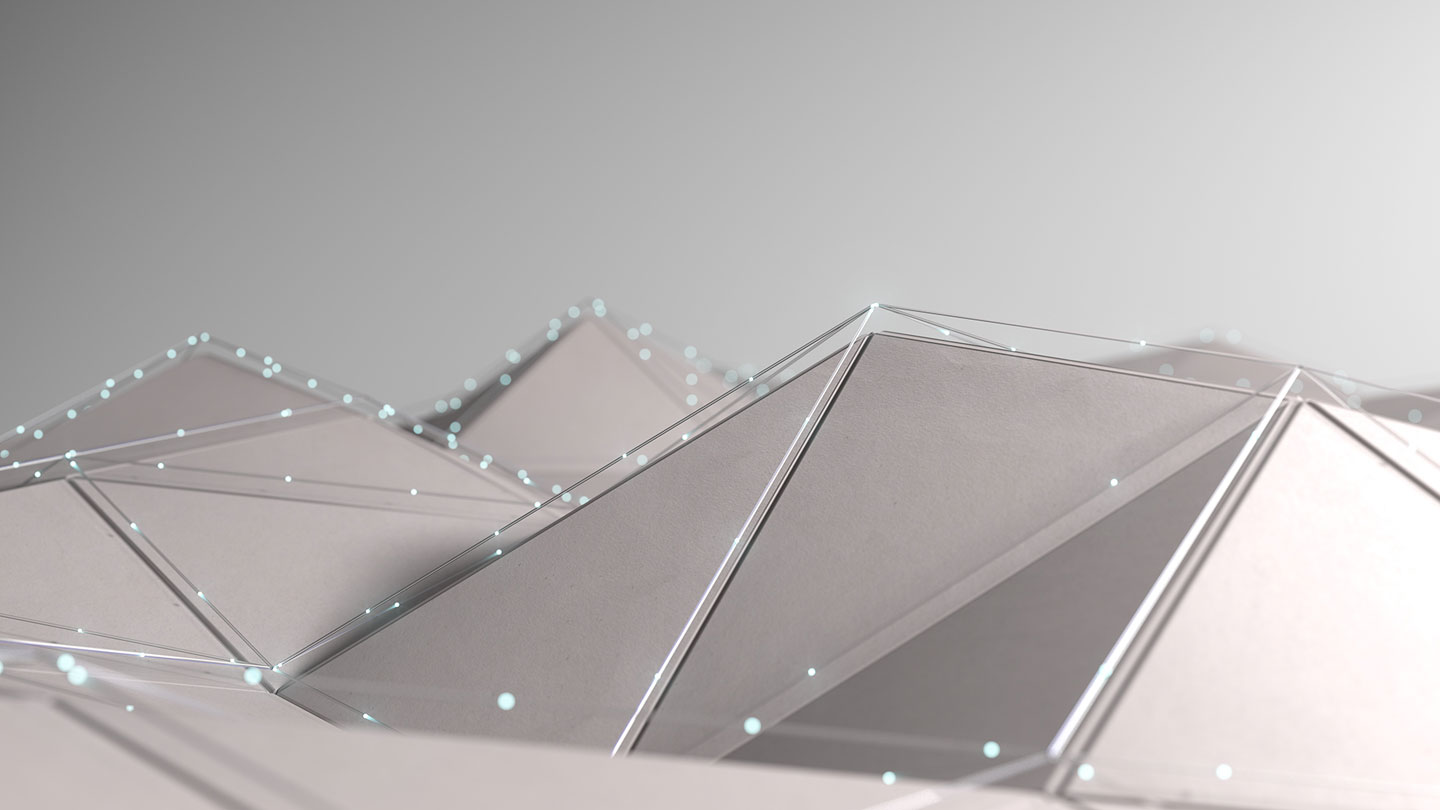Wet end chemistry impacts the paper and board making process in complex ways. Chemistry-related instabilities at a paper or board machine can result in different runnability issues or defects in the end-product. For the manufacturers, the challenge is that these phenomena are hard to pinpoint due to the everchanging nature of the papermaking process.
Metsä Board, a leading European producer of premium fresh fiber paperboards, has harnessed the power of data together with Kemira to overcome the challenge. Kemira Predictive Wet End, a cloud-based digital service utilizing predictive analytics and machine learning technologies, enables a novel way to monitor and predict the stability of the wet end chemistry at the board machine at Metsä Board Kemi mill.

Timo Ahonen, Production Manager at Metsä Board Kemi mill (Image: Metsä Board)
“Kemira has deep chemistry and application expertise, and we have worked together over the years to optimize the wet end performance at our board machine. The predictive machine learning solution is a natural step forward in the partnership and a new way to benefit from the knowhow,” says Timo Ahonen, Production Manager at Metsä Board Kemi mill. The mill produces coated and uncoated white-top kraftliner for high-quality corrugated packaging.
Combining performance and status data across the process helps reveal cause-and-effect relationships that were invisible to us before.
Previously, the mill had already used real-time monitoring solutions developed by Kemira to measure e.g. the appearance of harmful hydrophobic and anionic substances in the wet end process. Based on the real-time data, the mill operators were able to adjust the chemistry dosage and optimize the performance at a unit level, in parts of the process.
“The new predictive solution allows a more holistic approach: combining performance and status data across the process, it helps reveal cause-and-effect relationships that were invisible to us before.”
Kemira has developed real-time monitoring, measuring, and control technologies for chemistry applications for over a couple of decades to support fast troubleshooting and to help overcome the delays of traditional quality and performance control.
“It provides a good foundation to build on. A modern paper or board machine generates huge amounts of data throughout the production process. When combined efficiently with the insights from the chemical effects and performance in the process, we can create for the first time a real-time view that takes into account all the necessary variables,” states Antti Pirneskoski, Director of Application Development at Kemira Pulp & Paper.

Antti Pirneskoski, Director of Application Development at Kemira Pulp & Paper
Turning data into actionable information
For Metsä Board, the goal of the predictive service is to reduce and prevent end-product defects that are caused by instabilities in the chemical performance. Kemira Predictive Wet End allows the mill operators to see the board quality hours into the future and prevent the defects before they occur.
In practice, the service monitors the stability of the wet end chemistry based on real-time process and performance data measured from numerous points across the process. Thanks to this information, it reliably predicts the deposit risk in the boardmaking process, provides insight into the root causes for any instability, and gives actionable recommendations to minimize the risks. The machine learning model was trained with the history data from Kemi mill production process, after which the model was tested and validated against production data. Going forward, the algorithm learns from production and performance data continuously.
“Digitalization is an area of focus at Metsä Board. It means we’re exploring the possibilities of new digital technologies such as advanced analytics, machine learning, and AI with chosen partners to discover ways to improve the runnability of our board machines and to ensure the stable and high quality of our end products. This development project with Kemira combined machine learning and specialized chemistry expertise,” states Tomi Vähä-Ruohola, Technical Development Manager at Metsä Board.
For the Kemi mill personnel, Predictive Wet End will now gradually become a daily tool to help manage and optimize the operations at the board machine. Vähä-Ruohola points out that introducing a new technology to the control room also requires a culture change.
“We’ve built trust to the predictions and risk alerts made by the model during a test period. A solution that is based on machine learning develops constantly, and we’ll regularly review the process disturbances highlighted by the service to confirm if they are valid and also check if there are cases that the model was not able to predict.”

Tomi Vähä-Ruohola, Technical Development Manager at Metsä Board (Image: Metsä Board)
Transparent wet end chemistry
Already during the test period, Metsä Board identified several direct benefits, such as improved runnability, reduced breaks and quality issues, and optimized chemical usage, that result when the process is adjusted based on the predictions and recommendations provided by the service. In addition to the efficiency gains, Timo Ahonen emphasizes the importance of the soft benefits.
“The service creates transparency to the complex wet end chemistry and related phenomena. I find it valuable as it helps build and broaden the knowledge of the mill personnel over time. The increased understanding of wet end chemistry supports the continuous development of our process.”
Already during the data analysis phase, previously unseen process disturbances that impact the machine runnability and board quality were identified, and their root causes discovered. As Ahonen points out, the experienced operators and quality engineers might have had a gut feeling on some of those process variables, but without real-time data on the many variables of the process and advanced analytics capabilities, it was impossible to pinpoint the disturbance and its impact.
Toward automated chemistry management
Metsä Board Kemi mill is already looking ahead to the next steps in the partnership with Kemira. In the future, the real-time process data and the risk predictions will be used for automated chemistry management at the board machine.
“Now we can make decisions and take operative actions based on the predicted risk level, alerts, and recommendations provided by the service. It’s a natural next step that the wet end chemistry would be automatically adjusted to match the prevailing process conditions, which would enable an even more proactive approach for our mill,” Ahonen states.
The long-term vision is a mill where the process and functional chemistries are adjusted in real-time, and the up-to-date information on the board quality is always accessible.
“We see a lot of potential in the predictive approach for optimizing and forecasting the performance of other chemistry applications as well,” adds Tomi Vähä-Ruohola. “My long-term term vision is a mill where the process and functional chemistries are adjusted in real-time, and the up-to-date and reliable information on the board quality is always accessible. The mill personnel’s focus would shift from reacting to process variables to optimizing and ensuring end-product quality.”
Kemira is currently developing several new predictive services that help paper and board producers to e.g. reduce breaks, defects, and off-spec production and improve the overall machine efficiency.
“In many cases, the mills still need to rely on reactive measures in chemistry management when optimizing process performance or end-product quality. With the advanced analytics capabilities, we enable a new, data-driven way to manage chemistry,” says Antti Pirneskoski from Kemira.
Featured image “Paper reels in warehouse”: Copyright Metsä Board (2020)


